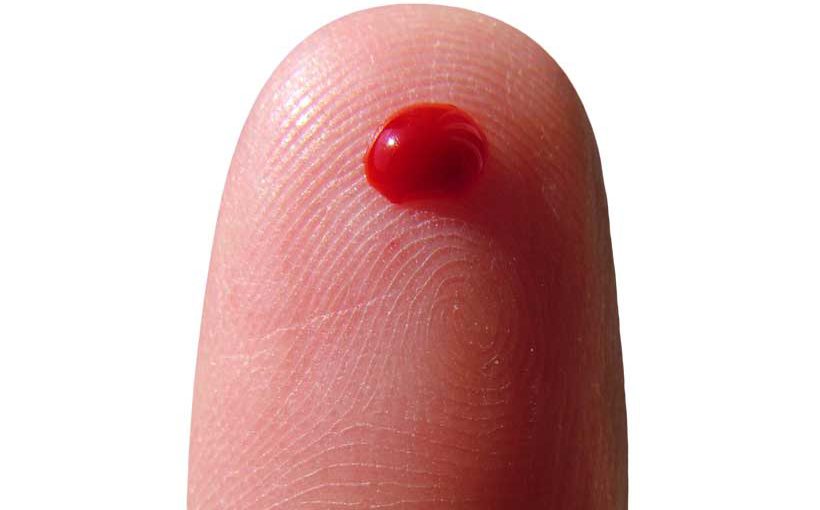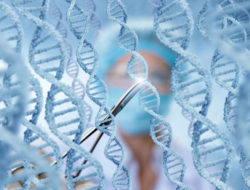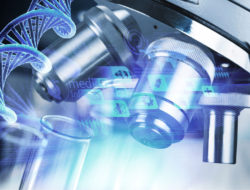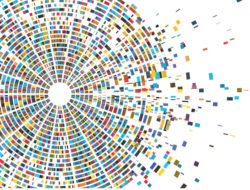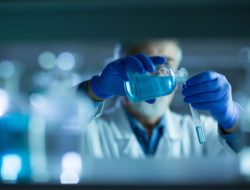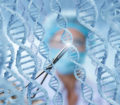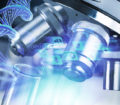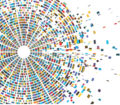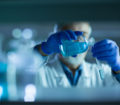1. Will Donate DNA for Cash
Your health data is worth money, so why not get a cut of the profit? Solana Beach-based LunaDNA, a public benefit corporation, lets donors of DNA, medical records, and other information earn shares of the company in return.
Data’s inherently valuable. It should be viewed as a liquid asset, says Luna DNA president Dawn Barry. Luna donors own and control their data, can opt out at any time, and the database uses blockchain to maintain their privacy. “We’re creating the first human health database that’s owned by its community of data donors,” Barry says. “We’re not a lab; we organize and aggregate data for the benefit of research.”
From clinical and regulatory points of view, patient-reported outcomes and real-world data are getting more and more important, she says. “I believe that when we all come together we can create a health data co-op.”
Shares issued range from two to 300, depending on the type of data is provided.
2. HIV Vaccines: Local Labs are closer to a cure
For over 20 years, the global search for an HIV vaccine has been led by the Torrey Pines Mesa. The International AIDS Vaccine Initiative—colloquially called IAVI (ee-AH-vee)—is a nonprofit that works with partners in two dozen countries. Their efforts range from public policy to academia, but perhaps their most significant contribution has been to scientific research—especially recent pioneering studies on broadly-neutralizing antibodies, a hugely promising avenue that could lead to the most effective vaccines yet. Scripps Research has been working toward a viable vaccine for many years too, and a new study suggests they may be on the right track. Their strategy is to teach the immune system to create antibodies that attack vulnerable areas of HIV’s structure. Now researchers say the strategy works in nonhuman primates—however they concede the vaccine is far from being ready for human trials.
3. No Bad Blood Here
Silicon Valley’s Theranos made headlines for supposedly developing lightning-fast blood tests that need only a drop of blood. Famously, that sales pitch has since come crashing down. Meanwhile, San Diego life sciences companies have kept trucking along.
Genalyte founder Cary Gunn has described his company as “like Theranos, but it works.” After taking several drops of blood, a mobile testing unit the size of a bar fridge sends the sample data to a cloud-based lab, and results beam back in 15 minutes.
In rural areas, where access to medical care is scarce, tech could fill the gap. Sandhill Crane Diagnostics, based in Hera Hub, aims to provide a range of on-site tests that use a proprietary cartridge, a few drops of blood, and an app that uploads to the cloud. This tech could extend to mobile clinics, in-home caregivers, and community health workers.
“Our primary interest is in women’s health, because that’s the greatest need now,” says founder Sylvia Norman, who’s hit some pushback following the Theranos debacle. “In our case, it’ll be done right there, so there’s no fraud or trickery going on.”
4. As Easy as ABCD
Scientists at UCSD are looking into one of humanity’s most enduring mysteries: What’s up with the adolescent brain? Jokes aside, the university is one of 21 partners in the Adolescent Brain Cognitive Development study (ABCD), the largest long-term study of its kind ever conducted. The 10-year, $300 million endeavor by the National Institutes of Health will track 12,000 kids for a decade via brain scans, interviews, and behavioral tests. The study will shed light on normal cognitive, emotional, and social development, “but also help us understand the emergence of common problems in adolescence, like alcohol and drug involvement, obesity, and depression,” says Sandra Brown, UCSD’s vice chancellor for research and codirector of the university’s portion.
Tags: Biotech, Health, Life Sciences, Medical Research




